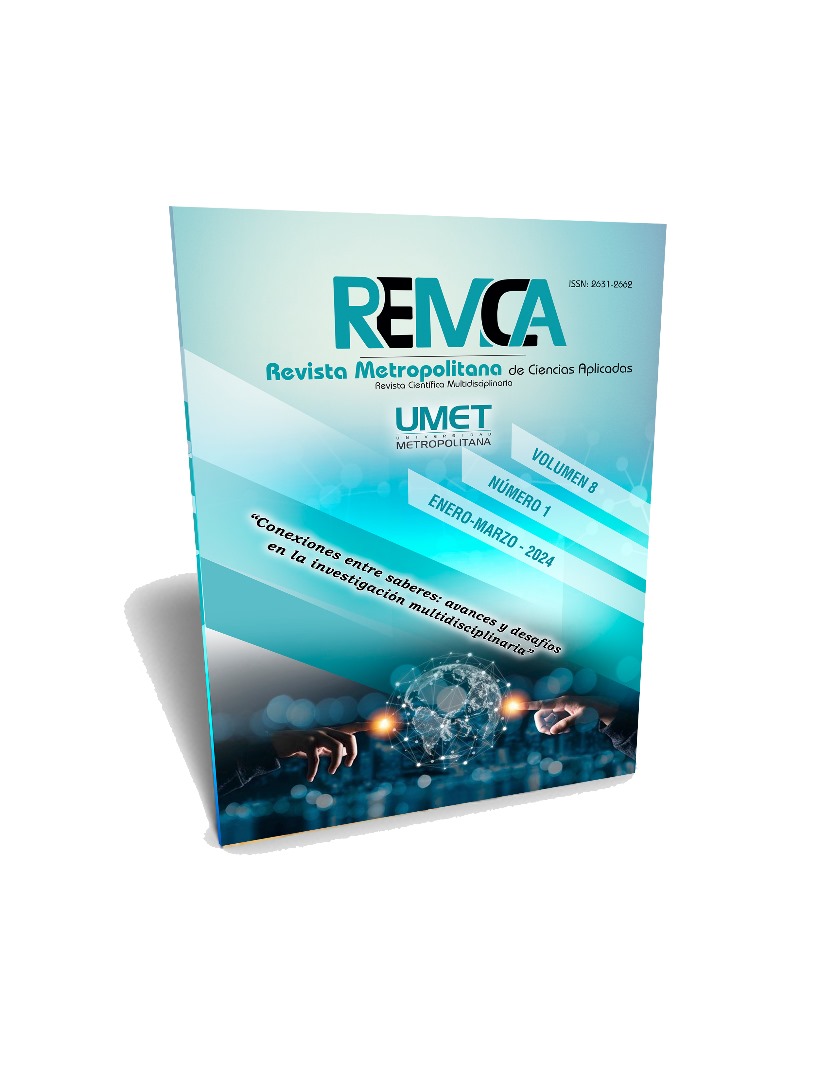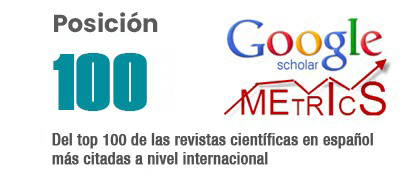Application of Benford's Law to detect fraud in university satisfaction surveys
DOI:
https://doi.org/10.62452/qx9wgp76Keywords:
University satisfaction surveys, Benford's Law, fraudAbstract
This study applies Benford's Law to analyze the possible existence of fraud in the responses to a satisfaction survey conducted with 54 students from the Universidad Iberoamericana del Ecuador, Quito, in the Health area. A questionnaire of 12 questions was applied with answers on a Likert scale from 1 to 5. The results of the Chi-square test do not show significant evidence of fraud, suggesting that the answers align with the expected distribution of Benford's Law. It means that the students answered the questionnaire and the answers were not manipulated by another person, which gives the truthfulness of the answers.
Downloads
References
Agresti, A. (2007). An Introduction to Categorical Data Analysis (2nd ed.). John Wiley & Sons.
Benford, F. (1938). The Law of Anomalous Numbers. Proceedings of the American Philosophical Society, 78(4), 551-572. https://www.jstor.org/stable/984802
Bhattacherjee, A. (2012). Social Science Research: Principles, Methods, and Practices (2nd ed.). University of South Florida.
Bollen, K. A. (1989). Structural Equations with Latent Variables. John Wiley & Sons.
Cantu, F., & Saiegh, S. (2011). Fraudulent Democracy? An Analysis of Argentina's Infamous Decade Using a Regression Discontinuity Design. The Journal of Politics, 73(3), 876-891. https://citeseerx.ist.psu.edu/document?repid=rep1&type=pdf&doi=ec2949c125494a4a4dc4ac37f3c91235a3bdd2cf
Creswell, J. W. (2014). Research Design: Qualitative, Quantitative, and Mixed Methods Approaches (4th ed.). SAGE Publications.
Cruz-Colín, L. Q., Cáceres-Mesa, M. L., Veytia-Bucheli, M. G., & Hernández-Márquez, J. (2024). Cultura de evaluación en prácticas institucionales de acreditación de programas educativos. Sophia Editions.
Durtschi, C., Hillison, W., & Pacini, C. (2004). The Effective Use of Benford's Law to Assist in Detecting Fraud in Accounting Data. Journal of Forensic Accounting, 5, 17-34. https://ruby.fgcu.edu/courses/cpacini/courses/common/BenfordsLaw.pdf
Kou, Y., Lu, C. T., Sirwongwattana, S., & Huang, Y. P. (2014). Survey of Fraud Detection Techniques. IEEE Transactions on Systems, Man, and Cybernetics, Part C (Applications and Reviews), 29(2), 94-110. https://ntut.elsevierpure.com/en/publications/survey-of-fraud-detection-techniques
Newcomb, S. (1881). Note on the Frequency of Use of the Different Digits in Natural Numbers. American Journal of Mathematics, 4(1), 39-40. https://pdodds.w3.uvm.edu/files/papers/others/1881/newcomb1881a.pdf
Nigrini, M. J. (2012). Benford's Law: Applications for Forensic Accounting, Auditing, and Fraud Detection. John Wiley & Sons.
Pericchi, L. R., & Torres, D. (2011). Quick Anomaly Detection by the Newcomb-Benford Law, with Applications to Electoral Processes Data from the USA, Puerto Rico and Venezuela. Statistical Science, 26(4), 502-516. https://www.jstor.org/stable/23208738
Siegel, S., & Castellan, N. J. (1988). Nonparametric Statistics for the Behavioral Sciences (2nd ed.). McGraw-Hill.
Tavakol, M., & Dennick, R. (2011). Making sense of Cronbach's alpha. International Journal of Medical Education, 2, 53-55. https://www.ncbi.nlm.nih.gov/pmc/articles/PMC4205511/
Varian, H. R. (2020). Economic Scenes: Analyzing Online Surveys with Benford’s Law. American Economic Review, 110(5), 1384-1407.
Downloads
Published
Issue
Section
License
Copyright (c) 2025 Pedro Manuel Cabeza-García (Autor/a)

This work is licensed under a Creative Commons Attribution-NonCommercial-ShareAlike 4.0 International License.
Authors who publish in Revista Metropolitana de Ciencias Aplicadas (REMCA), agree to the following terms:
1. Copyright
Authors retain unrestricted copyright to their work. Authors grant the journal the right of first publication. To this end, they assign the journal non-exclusive exploitation rights (reproduction, distribution, public communication, and transformation). Authors may enter into additional agreements for the non-exclusive distribution of the version of the work published in the journal, provided that acknowledgment of its initial publication in this journal is given.
© The authors.
2. License
The articles are published in the journal under the Creative Commons Attribution-NonCommercial-ShareAlike 4.0 International License (CC BY-NC-SA 4.0). The terms can be found at: https://creativecommons.org/licenses/by-nc-sa/4.0/deed.en
This license allows:
- Sharing: Copying and redistributing the material in any medium or format.
- Adapting: Remixing, transforming, and building upon the material.
Under the following terms:
- Attribution: You must give appropriate credit, provide a link to the license, and indicate if any changes were made. You may do this in any reasonable manner, but not in any way that suggests the licensor endorses or sponsors your use.
- NonCommercial: You may not use the material for commercial purposes.
- ShareAlike: If you remix, transform, or build upon the material, you must distribute your creation under the same license as the original work.
There are no additional restrictions. You may not apply legal terms or technological measures that legally restrict others from doing anything the license permits.




